Unfortunately, January was completely empty. A bit of fiddling here, a bit of fiddling there. Some FPGA experiments with soft processors, some uninteresting repairs, some computers, and some programming. Nothing that could really interest readers. Maybe this unfinished repair will be a bit more interesting:
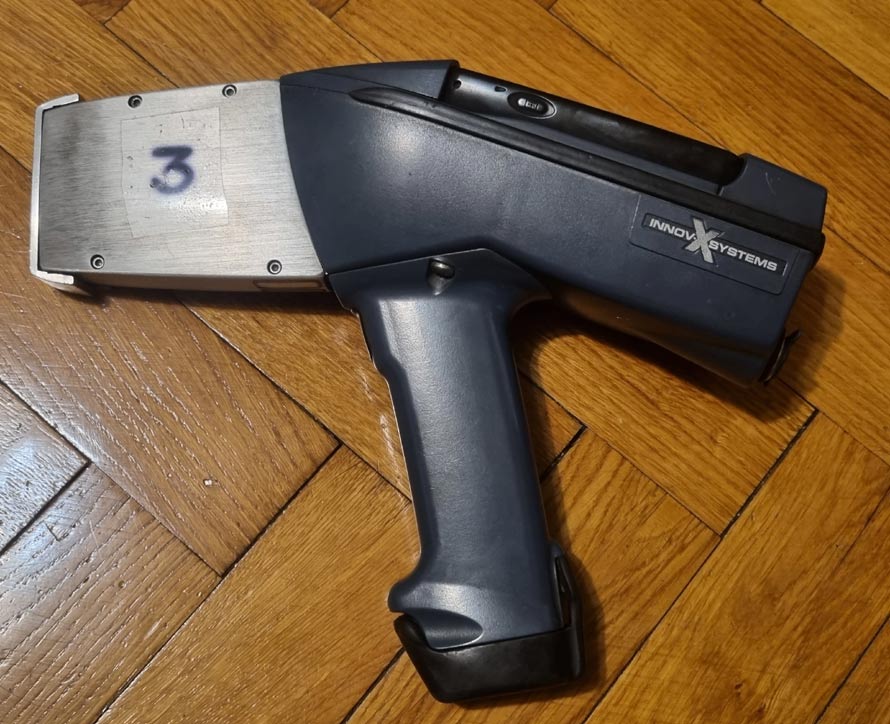
Innov-x alpha a-2000 There is this old device, a handheld X-ray fluorescence spectrometer. It is one of the oldest models – Innov-X systems inc, alpha-2000A (α-2000). From the times when this company existed. Now it’s a part of Olympus. Back then, the device cost a fortune, though, to be honest, new XRFs also cost quite a lot. The principle of operation is that a weak X-ray beam reflects off the material being analyzed. These soft X-rays are detected and their energy measured. From there, it’s purely statistics based on KeV…
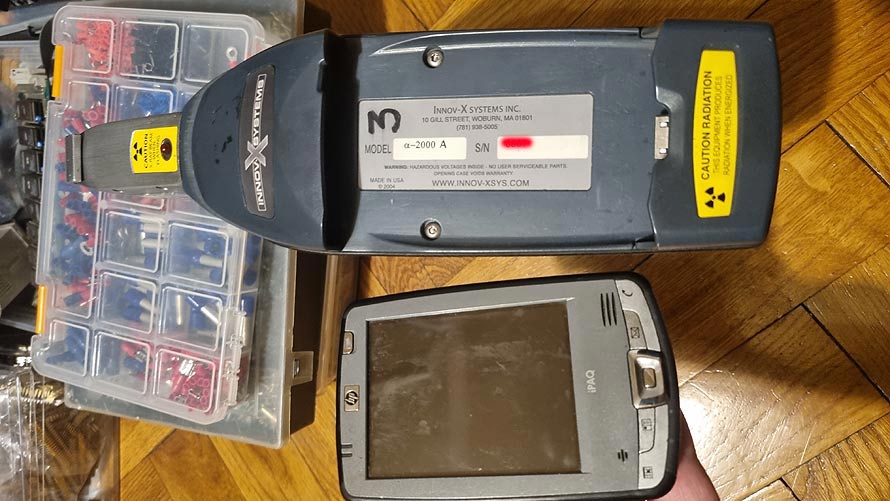
Innov-x alpha a-2000 All calculations are done on an HP handheld. Since each detector is unique, without the appropriate calibration software, these devices don’t show anything useful. And this particular device does not communicate with the handheld.
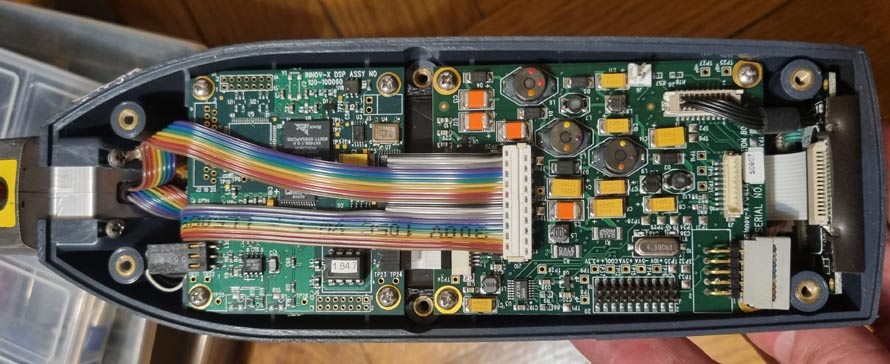
Innov-x alpha a-2000 Inside, it’s pure old-school. Two boards – power supply, temperature stabilization. And some DSP or CPU that probably collects the initial spectral data. All communication between the DSP/MCU and the handheld occurs via RS232.
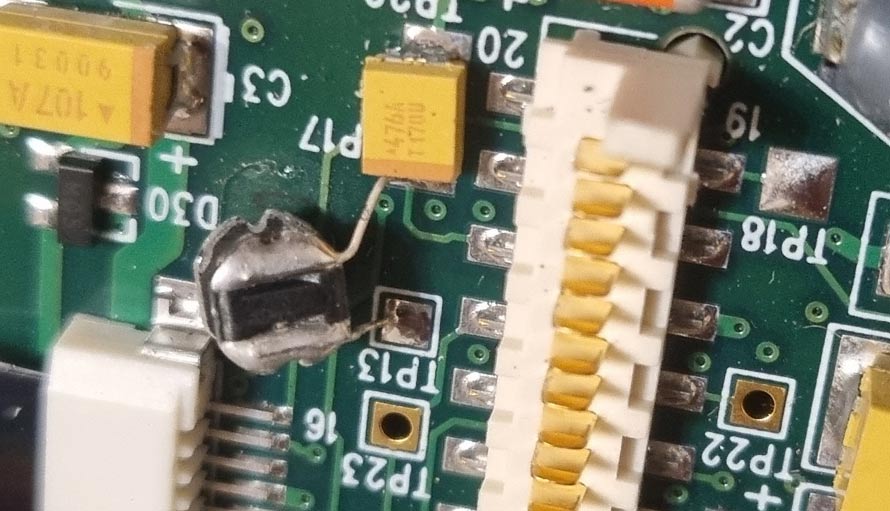
There are unexpected solutions on the board 🙂
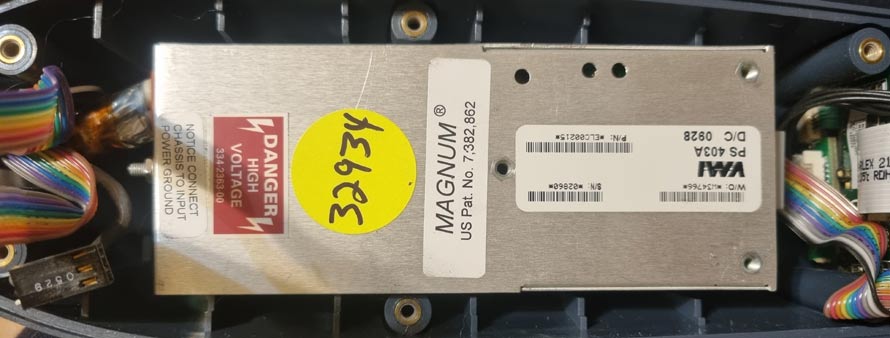
Here is the high-voltage source for the X-ray tube.
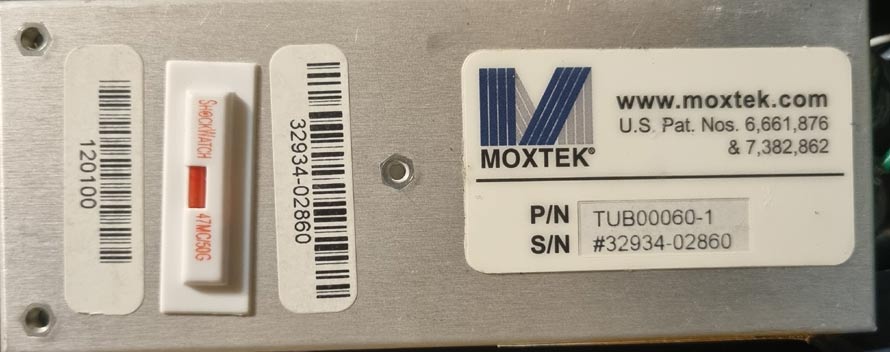
I don’t know the exact parameters of this model, but new XRFs can have up to 50kV and 0.2mA. That’s a maximum of 10W of electrical X-ray power… It’s evident that the device experienced over 50G, as indicated by the red marker. Maybe it’s a bit incorrect to call it a power supply since it’s an unserviceable module called a “Moxtek Analog X-ray Source,” not visible in my photo, but a small X-ray tube is connected to this box. It’s better seen on the manufacturer’s website. The number of this module aroused my curiosity – if the analogy holds, it’s a 60kV X-ray module.
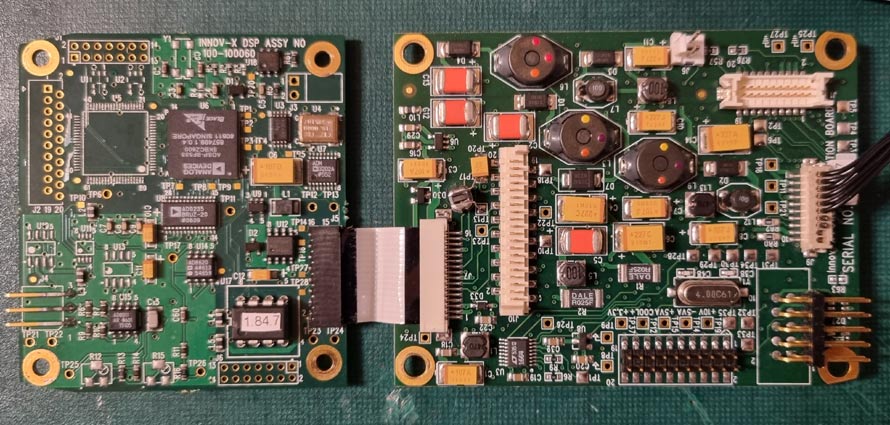
The signal from the handheld goes to the right PCB and the right side of the PCB (TP11, TP21), then goes to the flat cable, on the other board it’s TP27, TP28 and goes to the ADM3202A chip. On the TP contacts, one of the RS232 signals is visible, the other is completely dead. Either the DSP or CPU is dead, then the device is thrown away, or the RS232 signal shaper is dead. Which is more logical since it has contact with the outside and something might have shorted there. So it lies on the table… By the way, I have another alpha that works, just shows inaccurate readings… And one delta that works only when kept in the fridge – the detector’s Peltier cooler is not working well anymore. None of these devices are repairable at the factory anymore, now they only make Vantos… These are left for experiments, unfortunately, they cannot be sold – Lithuanian laws do not allow it.
